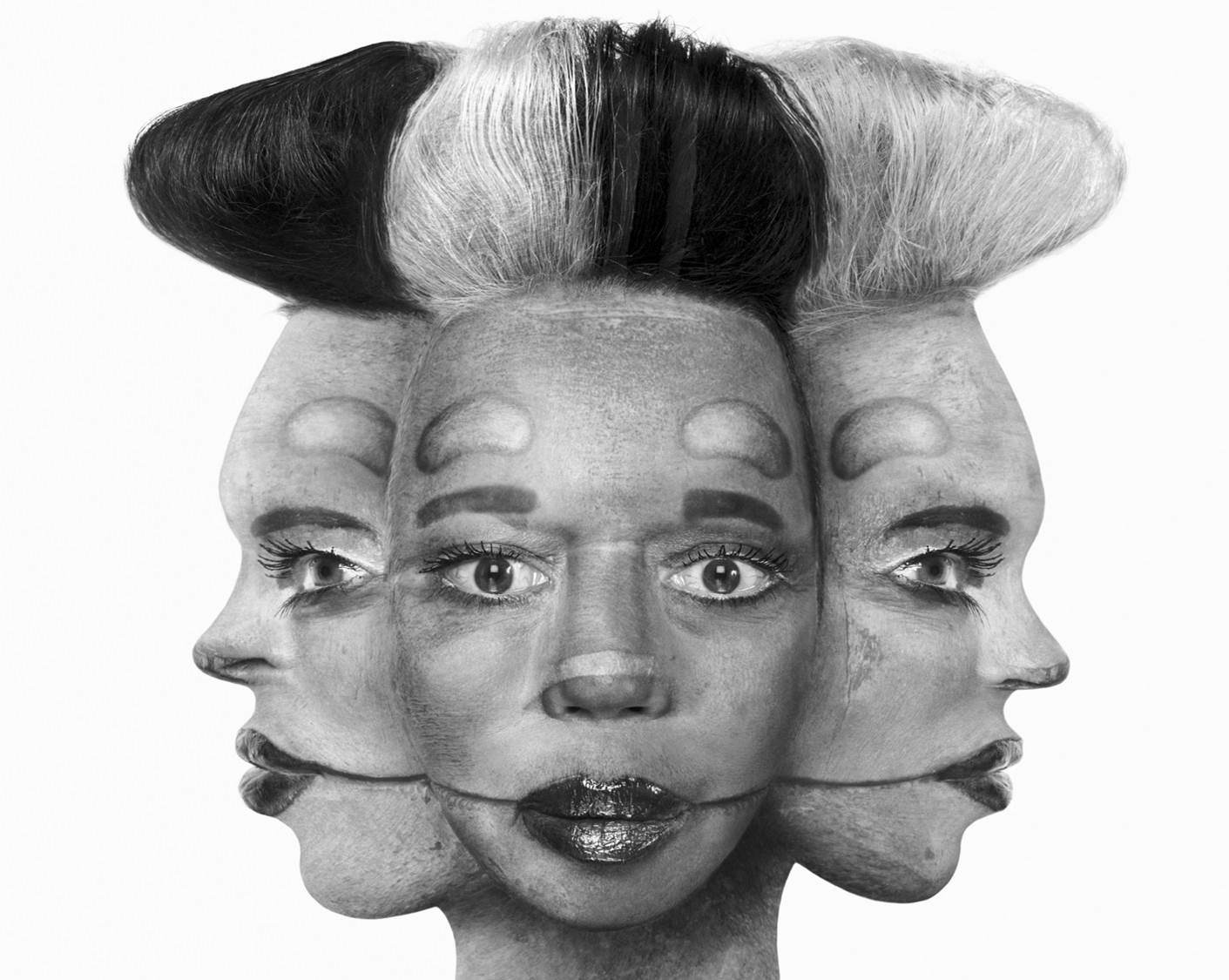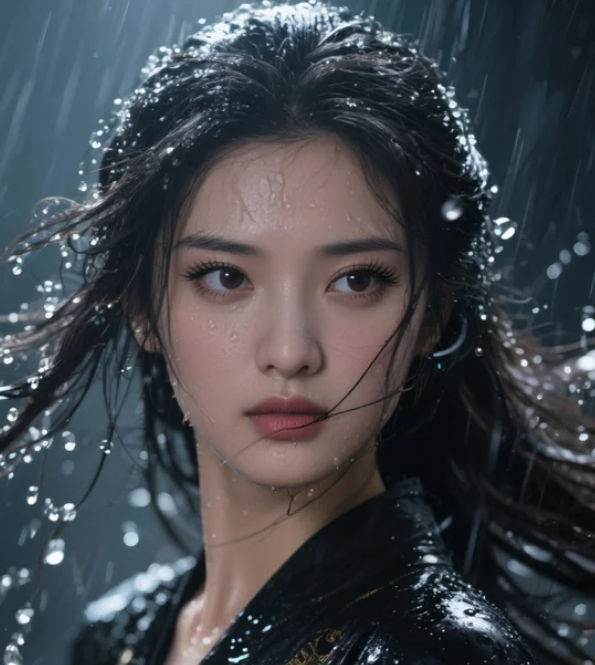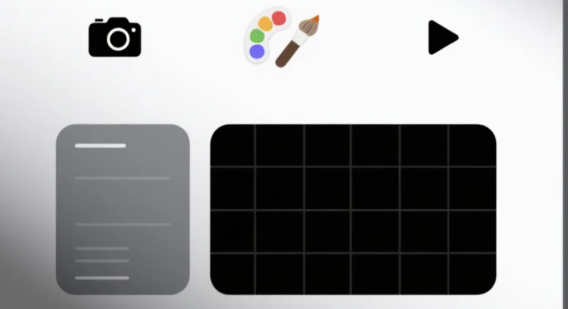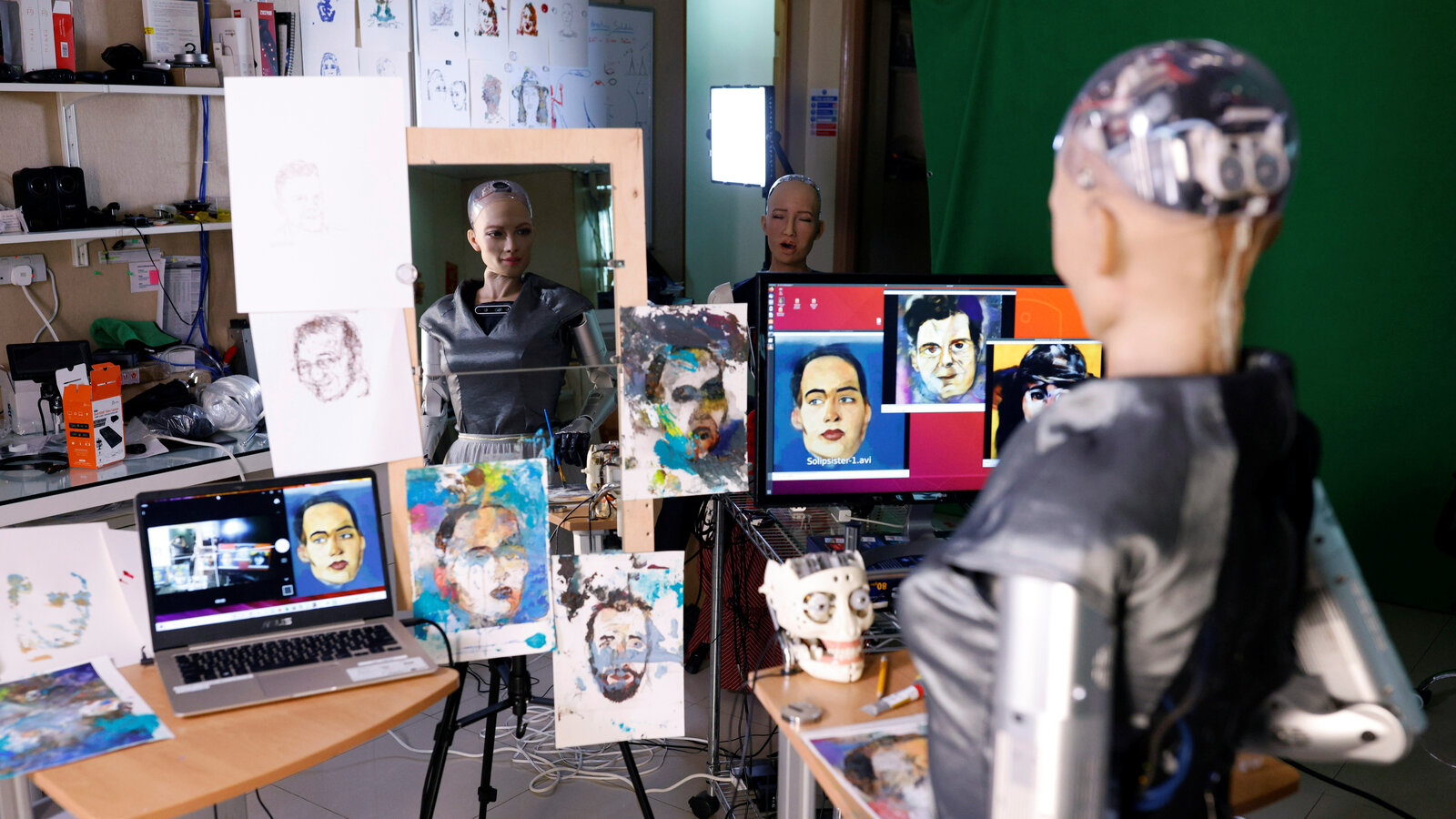
In the ever-evolving landscape of technology and creativity, a new frontier has emerged where art and robotics intersect, giving birth to a fascinating domain known as Art Robotics. This burgeoning field explores how robotic technology can be harnessed to create new forms of art, from robotic installations to AI-generated paintings. As we delve into this captivating world, we uncover a rich history, influential artists, and profound implications for the future of artistic expression.
History of Art Robotics
The origins of Art Robotics can be traced back to ancient civilizations. In China, during the Han dynasty (c. third century BC), mechanical orchestras and automatons, such as flying doves and automated figures, entertained emperors using hydraulic systems. These early creations laid the groundwork for integrating technology with artistic expression.
In the modern era, the 20th century marked significant advancements. Pioneers like Nam June Paik used technology in art, creating works like "Bakelite Robot" (2002), a humanoid sculpture made from vintage radios. The field has since evolved, with contemporary artists leveraging advanced robotics and AI to push creative boundaries, as seen in exhibitions at prestigious venues like the Venice Biennale.
Notable Artists and Works in Art Robotics
Ai-Da: The World’s First Ultra-Realistic Artist Robot
One of the most prominent figures in Art Robotics is Ai-Da, created by Aidan Meller. Ai-Da uses cameras in her eyes, AI algorithms, and a robotic arm to draw, paint, and write poetry. Her solo exhibition at the University of Oxford and participation in the Venice Biennale have garnered global attention. Notably, her piece "AI God" sold for $1.1 million at Sotheby's in November 2024, underscoring the commercial viability of robotic art.
ORLAN: Blurring the Lines Between Artist and Machine
French artist ORLAN pushes boundaries with "ORLANo?de" (2018), a robotic sculpture that resembles her and speaks with her voice, translating live into English. Exhibited at the Grand Palais in Paris and the Science Gallery in Dublin, this work exemplifies how robotics can enhance performance art.
Sougwen Chung: Collaborative Creativity with Robots
Sougwen Chung collaborates with her D.O.U.G. robots to create drawings and paintings. Her work "Exquisite Corpus" (2019) uses biosensors and VR headsets to explore human-machine synergy, offering a glimpse into collaborative creativity.
Patrick Tresset: Robotic Drawing Installations
Patrick Tresset’s "Human Study #1" (2011) features robots that sketch humans in real-time, displayed at venues like the Grand Palais and Mori Museum in Tokyo. His installations highlight the technical and aesthetic challenges of robotic drawing.
So Kanno: Swarm Robotics in Art
So Kanno’s "Lasermice Dyad" (2021) uses swarm robotics, with furry robotic creatures equipped with lasers and electromagnets, creating dynamic, responsive installations that captivate audiences.
Survival Research Labs: Spectacular Mechanical Performances
Survival Research Labs creates large-scale performances like "Big Arm," featuring a massive robotic arm controlled by custom computer systems. These works blend art, technology, and spectacle, often incorporating pyrotechnics.
Technology Behind Art Robotics
The creation of robotic art relies on sophisticated technologies that enable machines to produce creative works. Key components include:
Sensors: Devices like cameras and microphones allow robots to perceive their environment. For example, Ai-Da uses cameras to capture visual data for her paintings.
Actuators: These enable movement, such as robotic arms for painting or motors for kinetic sculptures.
Computers and AI Algorithms: These process data and make decisions, enabling robots to generate patterns or compositions. Ai-Da’s AI interprets images to guide her arm movements.
Hydraulic and Pneumatic Systems: Used in larger installations, like Chico MacMurtrie’s "The Robotic Church" (2013), which features 35 pneumatic sculptures.
Programming and Control Systems: Artists program robots to perform tasks or respond to inputs, ranging from simple scripts to adaptive systems.
These technologies enable a spectrum of artistic expressions, from static paintings to interactive installations that engage viewers in novel ways.
Implications and Future of Art Robotics
The rise of Art Robotics prompts profound questions about creativity and authorship. Can a robot be considered a true artist, or is it merely a tool for human creativity? The debate continues, with some arguing that creativity requires human intention, while others see robots as collaborators in the creative process.
Looking ahead, advancements in AI and robotics may enable machines to develop unique artistic styles, potentially redefining artistic expression. However, this raises challenges, such as preserving the human essence of art. The future of Art Robotics lies in fostering a symbiotic relationship between humans and machines, opening new creative horizons.
Frequently Asked Questions
What is Art Robotics?
Art Robotics is the fusion of art and robotics, where technology is used to create artworks like AI-generated paintings, robotic installations, and interactive sculptures.
Can robots truly be creative?
While robots can produce art based on algorithms, true creativity is debated. Some believe creativity requires human emotion, but robots can generate unique outputs and assist in creative processes.
How do artists control robotic art?
Artists use programming to set parameters for robots, enabling autonomous or interactive creations. Some works are fully automated, while others involve real-time human-robot collaboration.
What is the future of Art Robotics?
The future may see robots creating novel art forms, challenging traditional notions of creativity. Collaboration between artists and technologists will be key to unlocking this potential.
Conclusion
Art Robotics represents a thrilling convergence of technology and creativity, offering new avenues for artistic expression and challenging our perceptions of what it means to create art. As we continue to explore this frontier, the possibilities are as limitless as the imagination itself.





